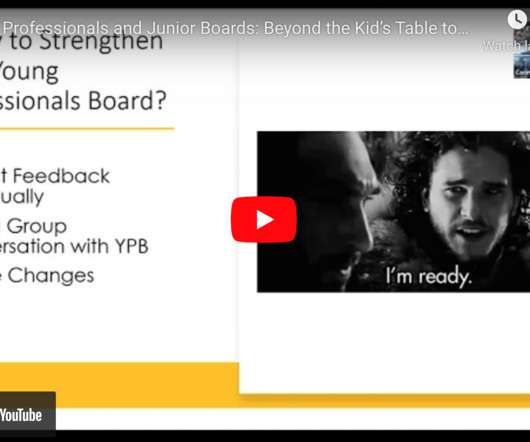Which New Audiences? A Great Washington Post Article and its Implications about Age, Income, and Race
Museum 2.0
APRIL 26, 2018
The Washington Post covered the MAH's transformation as part of an article about museums engaging new audiences. Audiences of all backgrounds found ways to connect with museums as it presented exhibitions with the help of foster youth, migrant farmers, roller-derby girls, mushroom hunters, surfers and incarcerated artists, among others.












Let's personalize your content